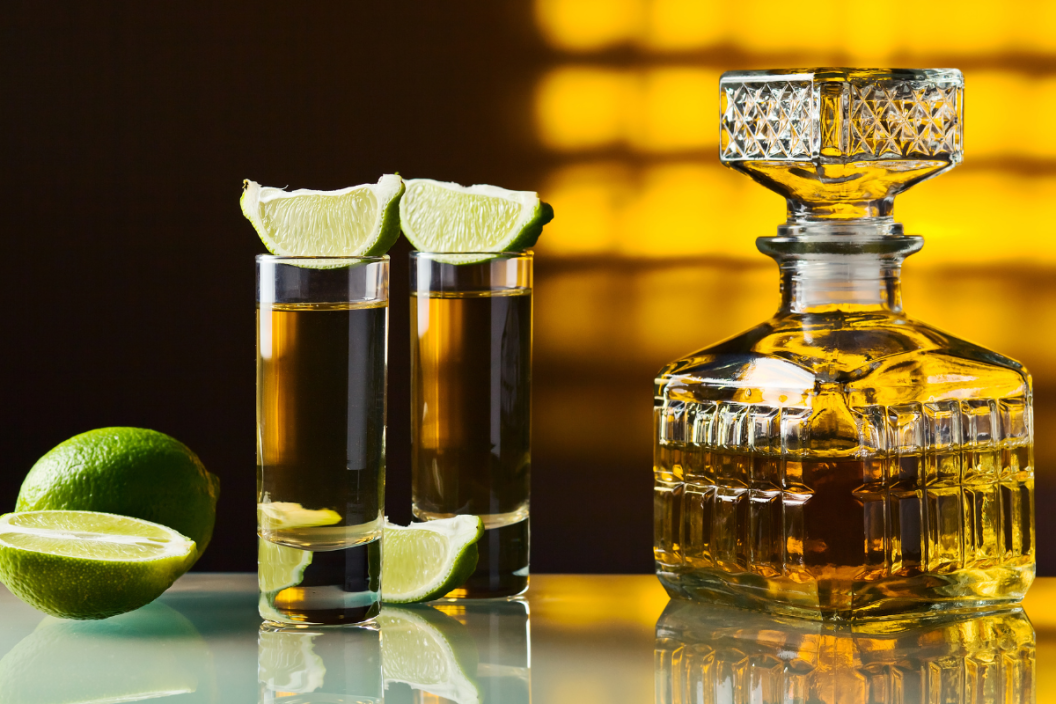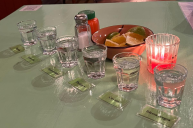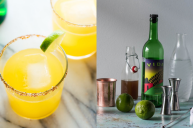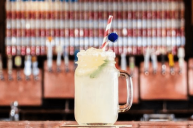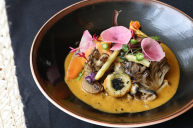Think you know your agave spirits? Sure, you've probably had your fair share of tequila and maybe dabbled in the beauties of mezcal, but what about bacanora or sotol? There's a slew of spirits produced from the agave plant - maguey in Mexico - that you may never have heard of, many of which are named after the only region they can legally be produced. As the love of Mexican flavors grows, more bartenders are turning to the more mysterious agave spirits for their refreshing cocktails.
Videos by Wide Open Country
With so many different types of agave liquor out there, why not live on the edge and try a taste of a lesser-known agave spirit. After all Cinco de Mayo is right around the corner. You can drink cerveza another day because right now it's all about the agave.
In honor of Cinco de Mayo, here is everything you need to know about the agave spirits produced in Mexico.
1. Tequila
Tequila is the most common agave liquor we know in the USA. Although, tequila production has stricter rules than you may think. Tequila can only be produced in Mexico. Most of it comes from Jalisco, but other municipalities in Tamaulipas, Nayarit, Michoacán, and Guanajuato can also produce it. It can, however, only be made from blue agave plants (Agave tequilana Weber). If you see a bottle simply labeled tequila, that means it's a mixto - tequila made with 49 percent non-agave sugar.
You may have noticed other various terms on a bottle of tequila, such as gold or silver. This has to do with the aging process. Blanco, plata, and silver are all terms used for tequilas that are unaged. Reposado is aged for at least two months in a French or white oak barrel, while añejos are aged for a minimum of one year. Extra anejos, however, are aged for at least three years in French or white oak casks. Then the beloved joven or gold tequila is a blend of blanco with another tequila or it's colored due to additives lke caramel.
Next time you're sipping on a margarita or paloma, you'll be able to impress your friends with your knowledge of tequila.
2. Mezcal
While some mezcals may contain a worm - or gusano - it's only done as a marketing gimmick. In fact, many mezcal distillers feel that the worm degrades the quality of their product. Worm or not, mezcal is a fine spirit growing in popularity.
Unlike tequila, mezcal production can be done from many different agave varietals. The traditional process of mezcal making takes several days. The piña - the pineapple-looking core - of the agave is roasted in a stone-lined oven that's set in the ground. There, the piña will be smoldered for a few days - giving it a smoky flavor. Once it's finished it will then be crushed and fermented. Mezcal typically has a similar ABV to that of tequila.
Some Mexican villages use bamboo or traditional clay stills to make mezcal, while some choose the more modern copper still. Despite what still they use, the law states that only the Mexican state Oaxaca and surrounding states Guerrero, Durango, and Luis Potosí and Zacatecas can call the spirit mezcal.
3. Raicilla
Raicilla is named after the only region in Mexico that is allowed to produce it. The process of distilling raicilla is similar to that of mezcal. It was actually established by the Raicilla Promotional Council that only traditional methods can be made to make this regional mezcal.
The two primary raicilla regions use slightly different methods. The Jalisco region typically uses an above-ground brick or clay oven, while in Cabo Corrientes they typically use earthen pits to produce raicilla. Also like mezcal, raicilla can be made from several different agave varieties.
4. Bacanora
This agave spirit can only be produced in the state of Sonora. It's a rather new spirits, as the production of bacanora has only been legal since the 1990s.
Bacanora is made from a seven to ten year old Agave Angustifolia Haw in a process similar to mezcal. The piña is roasted in earthen pits, crushed, fermented, then distilled. The finish product results in an earthy, slightly smokey flavor.
5. Sotol
If you're not familiar, sotol is the traditional spirit of Chihuahua. The sotol plant is in the same family as agave, yet can flower multiple times, unlike the genus agave. It grows in the high desert Chihuahua - along with New Mexico and Texas - giving it the nickname Desert Spoon.
The distilling process is similar to the makings of traditional mezcal, yet the juices are double-distilled. Slightly herbal and smoky, mix sotol with complementary flavors like agave sweetener, fresh herbs, or fruit.
6. Pulque
This sweet alcoholic beverage has a long history in Mexico. Before mezcal or tequila, there was pulque - the first fermented agave beverage. Murals that date as far back as 200AD in Cholula, Mexico show villagers drinking pulque. While it's relatively low in alcohol and more like an agave beer, it was the agave beverage that started it all.
Pulque is a product of the sap of the heart of the agave. Rather than being distilled like mezcal or tequila, it's fermented from the "honey water" of the plant, called aguamiel in Spanish. This sacred beverage has milky-like appearance and is sweet in flavor. If you want a taste of Mexico, then try the fermented agave beverage that started it all.
This article was originally published on July 24, 2018.
